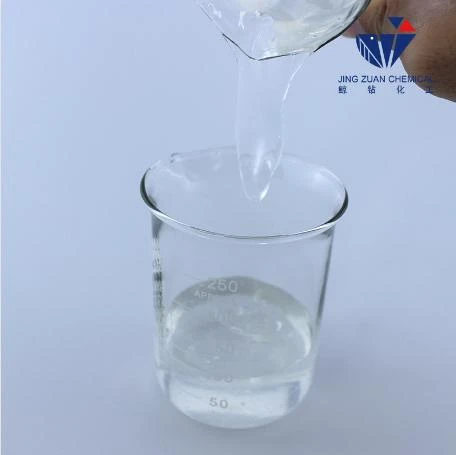
Dec . 01, 2024 02:19 Back to list
redispersible polymer powder wiki
Understanding Redispersible Polymer Powder Properties, Applications, and Benefits
Redispersible Polymer Powder (RDP) is a unique type of powder that has gained significant attention in various industries due to its versatile properties and performance enhancements. Primarily composed of polymers like vinyl acetate-ethylene (VAE), styrene-acrylic, or other copolymers, RDP can be re-dispersed in water to form a stable emulsion, enabling its application across a range of materials, especially in construction and adhesives.
Properties of Redispersible Polymer Powder
One of the most distinctive characteristics of RDP is its ability to dissolve in water, transforming back into a liquid emulsifiable state. This property allows for easier formulation and application in various mixtures, including mortars, plasters, grouts, and paints. When mixed with water, RDP creates a strong polymer film that provides improved adhesion, flexibility, durability, and resistance to environmental factors, such as moisture and temperature fluctuations.
RDPs also contribute to the overall rheological properties of construction materials. They help in achieving the desired viscosity and workability of the mix, enhancing the application process without compromising the performance of the end product. Furthermore, RDPs play a significant role in improving the tensile strength and flexibility of the materials, making them less prone to cracking over time.
Applications of Redispersible Polymer Powder
Redispersible Polymer Powder is predominantly used in the construction sector. It is commonly incorporated into dry-mix formulations for cement-based materials, such as tile adhesives, self-leveling compounds, and repair mortars. By doing so, RDP enhances adhesion to various substrates, including concrete, ceramics, and metals, ensuring that the materials perform optimally in demanding environments.
Besides construction, RDP finds applications in the paints and coatings industry. It is utilized in architectural paints, water-based coatings, and sealants, providing improved film formation, water resistance, and durability. The incorporation of RDP in these products leads to better performance in terms of washability, scrub resistance, and overall longevity, which are crucial for both aesthetic and functional properties in a wide range of environments.
redispersible polymer powder wiki

Moreover, RDP is also used in the field of adhesives and bonding agents. It improves the strength of bonds when used in combination with other materials, providing a reliable solution for various applications in both industrial and consumer products.
Benefits of Redispersible Polymer Powder
The inclusion of Redispersible Polymer Powder in formulations presents several compelling benefits. Firstly, RDP allows manufacturers to produce dry-mix products that are easier to transport and handle, reducing logistics costs. Consequently, the user can mix only the necessary quantity with water on-site, minimizing waste.
Another significant advantage is the enhanced performance of final products. Improved adhesion, flexibility, and durability mean that these products can withstand environmental stresses, thus extending their service life. This quality makes RDP an attractive option for construction and renovation projects, as it assures contractors and clients of long-lasting solutions.
Additionally, RDPs can be tailored to meet specific project requirements. By adjusting the composition of the polymer, manufacturers can control various properties, such as water resistance, flexibility, and curing times, ensuring that the end products cater to genre-specific applications.
Lastly, RDP contributes to sustainability in construction. By improving the performance and lifespan of materials, it reduces the need for frequent repairs or replacements, which can result in lower resource consumption over time. Furthermore, the ability to create formulations that are environmentally friendly and low in volatile organic compounds (VOCs) positions RDP as a valuable asset in sustainable building practices.
Conclusion
In summary, Redispersible Polymer Powder is a crucial component in the advancement of various industries, particularly construction and coatings. Its unique properties and versatility enable the formulation of high-performance products that meet diverse application needs. As awareness of its benefits continues to grow, RDP stands to play an increasingly vital role in promoting sustainable practices and enhancing the quality of manufacturing processes worldwide. The future of construction materials holds promise, and with the rise of innovative applications for RDP, both performance and sustainability are set to improve.
-
Versatile Hpmc Uses in Different Industries
NewsJun.19,2025
-
Redispersible Powder's Role in Enhancing Durability of Construction Products
NewsJun.19,2025
-
Hydroxyethyl Cellulose Applications Driving Green Industrial Processes
NewsJun.19,2025
-
Exploring Different Redispersible Polymer Powder
NewsJun.19,2025
-
Choosing the Right Mortar Bonding Agent
NewsJun.19,2025
-
Applications and Significance of China Hpmc in Modern Industries
NewsJun.19,2025







